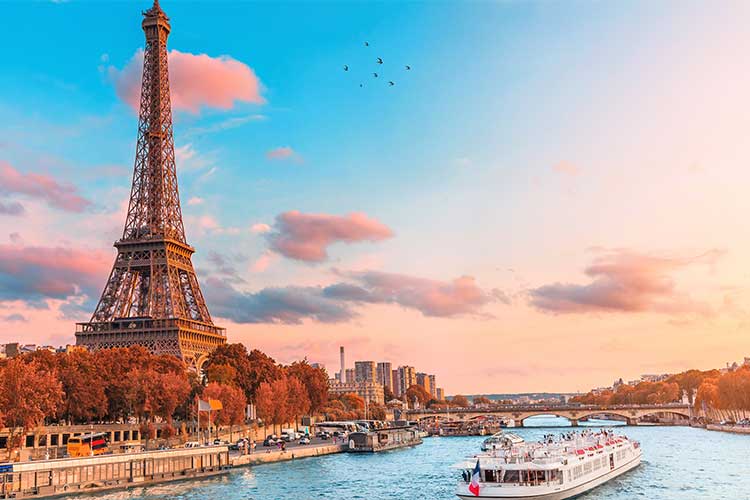

The network uses water from the River Seine to maintain low temperatures in public buildings

The city of Paris plans to expand its underground urban cooling network that uses water from the River Seine to maintain low temperatures in public buildings. The system, the largest in Europe, was initially intended to sustainably air condition notable cultural buildings such as the Louvre, the Grand Palais and retail sites. But now, it has been extended to serve new clients in all Paris arrondissements including education and healthcare settings, day care centres and retirement homes. It will also be used to cool buildings that will be used in the 2024 Paris Olympics.
River water from the Seine is pumped into a network of underground pipes set 30m below ground providing chilled water production and distribution facilities to connected buildings. The close presence of a water source means that a cooling tower is not required at the production plant. Compared to a traditional air conditioning system this method consumes 35 per cent less electricity, emits half the CO2, offers over 50% more energy efficiency, and uses 65 per cent less water consumption.
From 1991 to 2022, CLIMESPACE, City of Paris concession holder and wholly owned subsidiary of French multinational utility company, ENGIE, had been operating and developing the network to include ten production and 4 storage sites to provide 440 GWh/year of cooling for over 780 buildings through a 93 km network. Last year, Fraîcheur de Paris, a jointly owned company of ENGIE (85 per cent) and French public transport company RATP (15 per cent), became the operator. Its 20-year concession covers the production, storage, transport and distribution of the city’s cooling energy.
With a projected turnover of €2.4bn throughout the life of the contract, the network is to be extended to about 250km to serve new clients in all Paris arrondissements including education and healthcare settings, day care centres and retirement homes. It is expected that twenty new production plants and ten new storage facilities will be built to supply over 3,000 users.
The cooling network has been running on 100% renewable electricity since 2013 and has been carbon neutral since 2018. Now extending to the whole of the Paris, it will contribute to the city’s 2050 carbon neutrality goal.